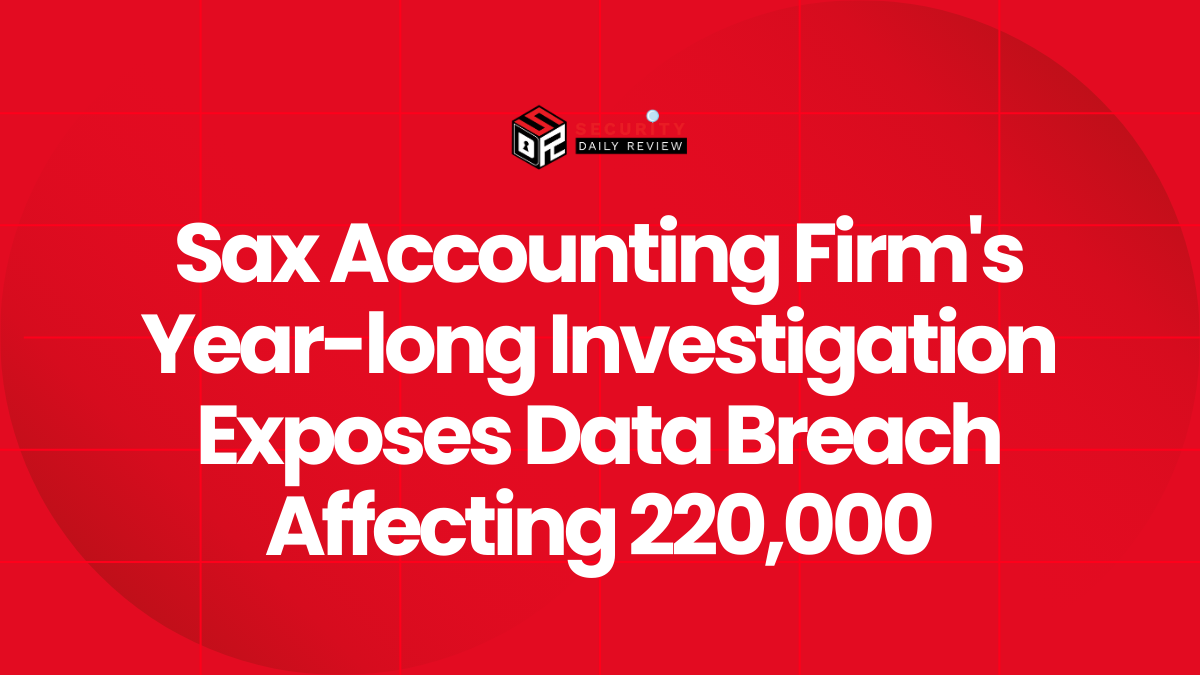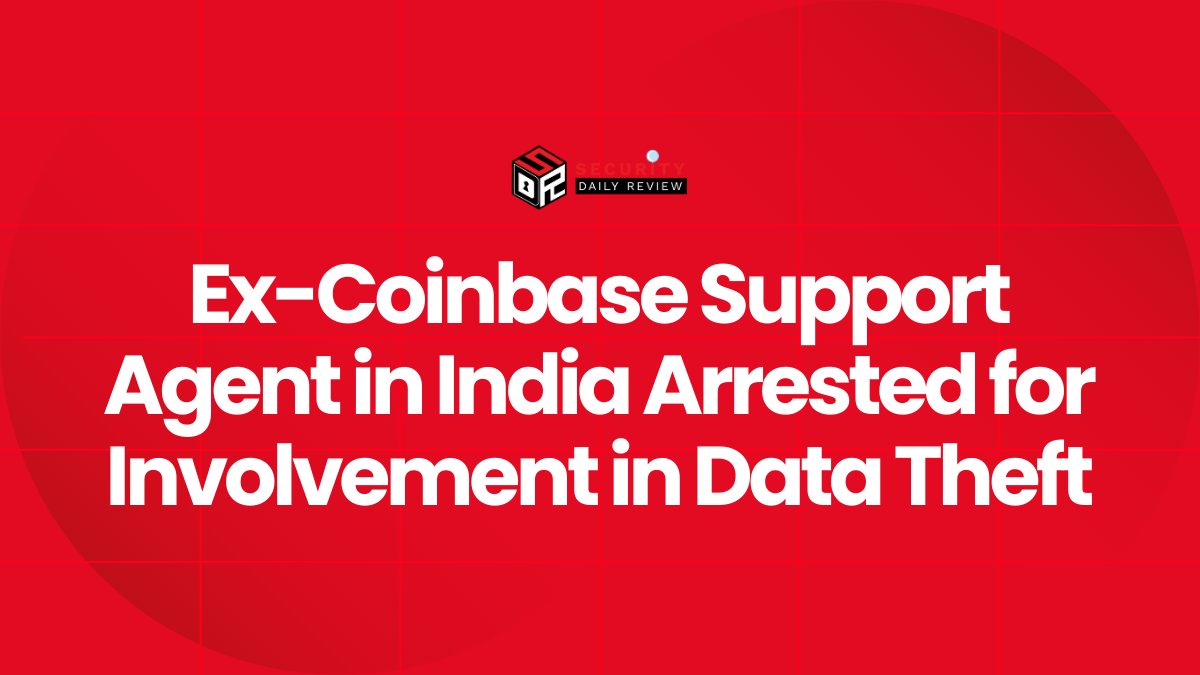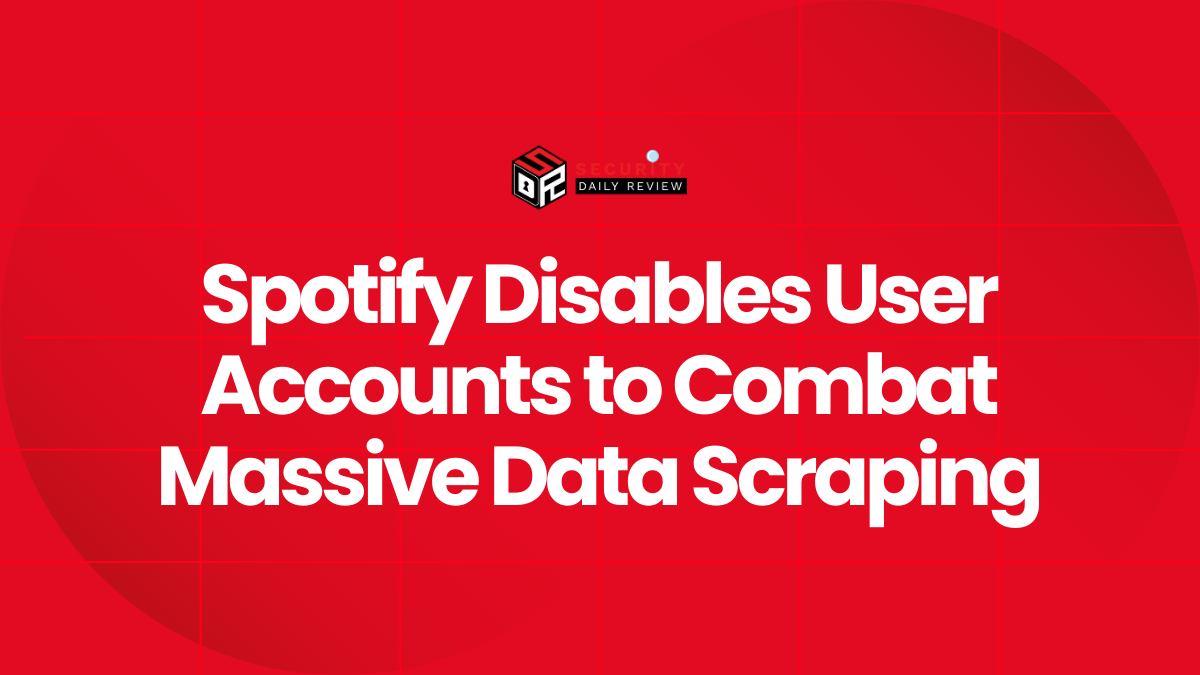A dam in Western Norway became an unlikely frontline in the geopolitical tensions between Russia and the West after a coordinated cyberattack on April 7, 2025. In an incident now officially attributed to Russian state-sponsored hackers, cyber actors breached the control systems of the Lake Risevatnet dam in Bremanger and opened its floodgates, releasing more than 1.9 million gallons (7.2 million liters) of water over a four-hour period.
The infiltration—while not causing physical damage or injuries due to low river levels—marked a chilling milestone: the first confirmed remote sabotage of European dam infrastructure by pro-Russian hackers since 2022. Norwegian authorities have classified the incident as a component of ongoing hybrid warfare tactics, aimed at instilling fear, sowing uncertainty, and demonstrating offensive cyber capabilities.
Norwegian Officials Confirm Russia-Linked Cyber Sabotage at Bremanger Dam
The Breach Exploited Web-Exposed Systems With Weak Credentials
The attack compromised the dam’s digital control systems, allowing threat actors to remotely set water outflow valves to open. According to Norwegian officials, the likely intrusion vector was a weakly secured, internet-facing interface. This underscored long-standing concerns about insufficient cyber hygiene in operational technology (OT) environments that control vital infrastructure.
Hackers initiated continuous water flow at a rate of 500 liters per second—equivalent to about 132 gallons per second—until operators regained control. Authorities estimate that it took four hours to detect and halt the unauthorized flow. The operators later confirmed that the dam was not used for electricity generation and primarily served a fish farming facility.
While no damage occurred, both the scale and symbolic nature of the attack highlighted a growing trend of infrastructure sabotage driven by nation-state interests.
Russian Attribution Supported by Digital Forensics and Propaganda Footage
Telegram Video Provides Key Evidence of Pro-Russian Group Involvement
Norwegian cybersecurity and intelligence services, including the National Criminal Investigation Service (Kripos) and the Police Security Service (PST), based their attribution on multiple pieces of evidence. Most notably, a Telegram video surfaced in the weeks following the attack, showing the dam’s control interface and bearing the watermark of a known pro-Russian cybercriminal group.
The three-minute clip, likely recorded during the breach, was interpreted as a proof of concept aimed at generating fear and embarrassment. Such tactics are consistent with past operations linked to APT44 (also known as Sandworm), a notorious Russian threat group known for both espionage and sabotage campaigns. Analysts noted that cyber actors often exaggerate their operational reach through such propaganda materials to amplify disruption.
Norwegian intelligence officials classify this act as part of a broader “hybrid warfare” campaign by Russia, one that blends cyber, psychological, and kinetic tactics to destabilize adversaries.
Escalating Pattern of Cyber Threats Against European Infrastructure
Dam Attack Joins Over 70 Confirmed Russian-Linked Operations Across Europe
Beate Gangås, head of the PST, placed the incident within a wider pattern of pro-Russian aggression. According to the Associated Press, this cyberattack is one of over 70 suspected Russian-linked operations tracked across Europe since the war in Ukraine intensified. These range from digital sabotage to acts of vandalism and attempted assassinations.
The attack also echoed a prior incident in January 2024, when suspected Russian hackers breached a Texas water treatment facility’s control system, causing it to overflow. Such operations point to a concerted effort to exploit control system vulnerabilities in the water and utilities sector.
Norwegian Intelligence Chief Nils Andreas Stensønes warned that while Norway is not at war with Russia, President Vladimir Putin “wants to create instability and tension” within NATO-member states through hybrid means. Norway’s role as a key natural gas supplier and an outspoken supporter of Ukraine further increases its exposure.
Official Response Highlights Infrastructure Vulnerabilities
Public Attribution Aims to Deter Future Attacks and Urge Readiness
Norwegian officials have made a rare public attribution, accusing Russian state-sponsored actors of deliberate sabotage. The announcement, timed around the Arendalsuka national policy forum in August 2025, aimed to raise public awareness and reinforce the necessity for critical infrastructure resilience.
Authorities confirmed that while no harm occurred in the Bremanger incident, the attack demonstrates how minimal exploits—such as weak passwords or accessible remote interfaces—can yield significant geopolitical consequences. Cybersecurity teams are now working to reassess and secure Norway’s hydropower assets, which account for over 90% of the country’s electricity production.
Stensønes and Gangås both stressed the importance of tightening access control and implementing continuous monitoring of industrial control systems. They also emphasized collaboration with European cybersecurity allies, given the transnational nature of these campaigns.
Russia Denies Involvement, Labels Accusations “Politically Motivated”
In response to the sustained attribution from Norway, the Russian Embassy in Oslo categorically denied any involvement. In a statement, Moscow labeled the accusations “unfounded” and argued that Norway was inventing threats for political purposes. This response is consistent with Russia’s past denials regarding similar cyber incidents, and it underscores the continuing challenges in holding state-backed actors accountable in the international arena.
Key Takeaways for Infrastructure Security Professionals
- Weak access controls remain a leading risk . The likely use of a weak password to breach the dam’s interface reinforces the value of strong authentication practices and network segmentation in OT systems.
- Hybrid warfare capabilities are expanding . Actors linked to Russia are broadening their target lists beyond traditional IT assets to high-impact physical infrastructure, from water systems to energy facilities.
- Public attribution has strategic value . Norway’s decision to publicly name and shame state-backed hackers serves dual purposes: deterring adversaries and informing domestic resilience efforts.
- Operational disruption may be sufficient for attackers . Even in the absence of physical damage, these acts are successful if they spread fear, influence political discourse, or trigger overreaction.
In the evolving threat landscape, this Norway dam cyberattack stands as a cautionary tale for global infrastructure operators. As tensions persist in Eastern Europe and beyond, defenders must be prepared for adversaries who are willing to combine cyber sabotage with information warfare for maximum psychological effect.









